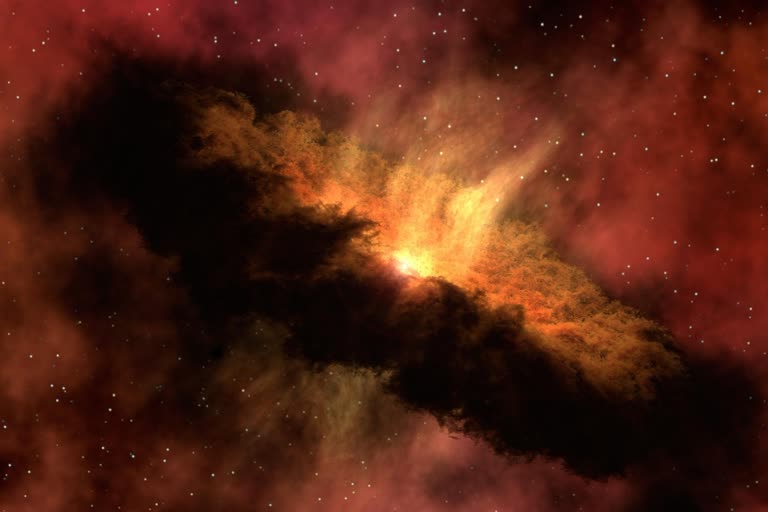London: After centuries of study, researchers are finally getting somewhat clearer picture of the mysterious universe. Although it is uncertain how many more twists and turns that still needed to be decoded researchers are now ready to take the responsibility to clear the air of confusions of numerous star gazers regarding 'Black hole'.
Speaking about black holes, Albert Einstein in 1916 had put up a theory regarding Black holes that still underpins current understanding. In his theory he stated that there is a complex substance in space which has its own independent existence and is wrapped by the presence of heavy objects.
Keeping Einstien's theory in mind some researchers had observed that a black hole had distorted the light of a fast moving star which went too close to it.
Time and again scientists are experimenting to understand the black hole and also to gather some more information about the mysterious spacetime, as Einstein's theory was unable to describe everything so no was able to overthrow it.
According to the scientists, a massive black hole called Sagittarius A is parked in the heart of our solar system and it is 4 million times larger than the sun.
The Event Horizon Telescope will present the first image of the black hole which they aim to capture by using the 'Earth sized' telescope on Wednesday (10th April). Earlier, astronomers were able to collect data regarding the massive spacetime by using a series of telescope present across the world which also includes the Atacama Large Millimeter/Submillimeter Array (ALMA) in Chile's Chajnantur Plateau.
"The way it works is all of these telescopes around the world look at the same object at the same time, they're coordinated with atomic clocks to synchronize them," explains astronomer Peter Kurczynski of the National Science Foundation.
Read more: BIG SETBACK FOR GOVT: SC dismisses Centre's objections over Rafale's stolen docs


